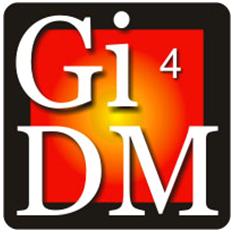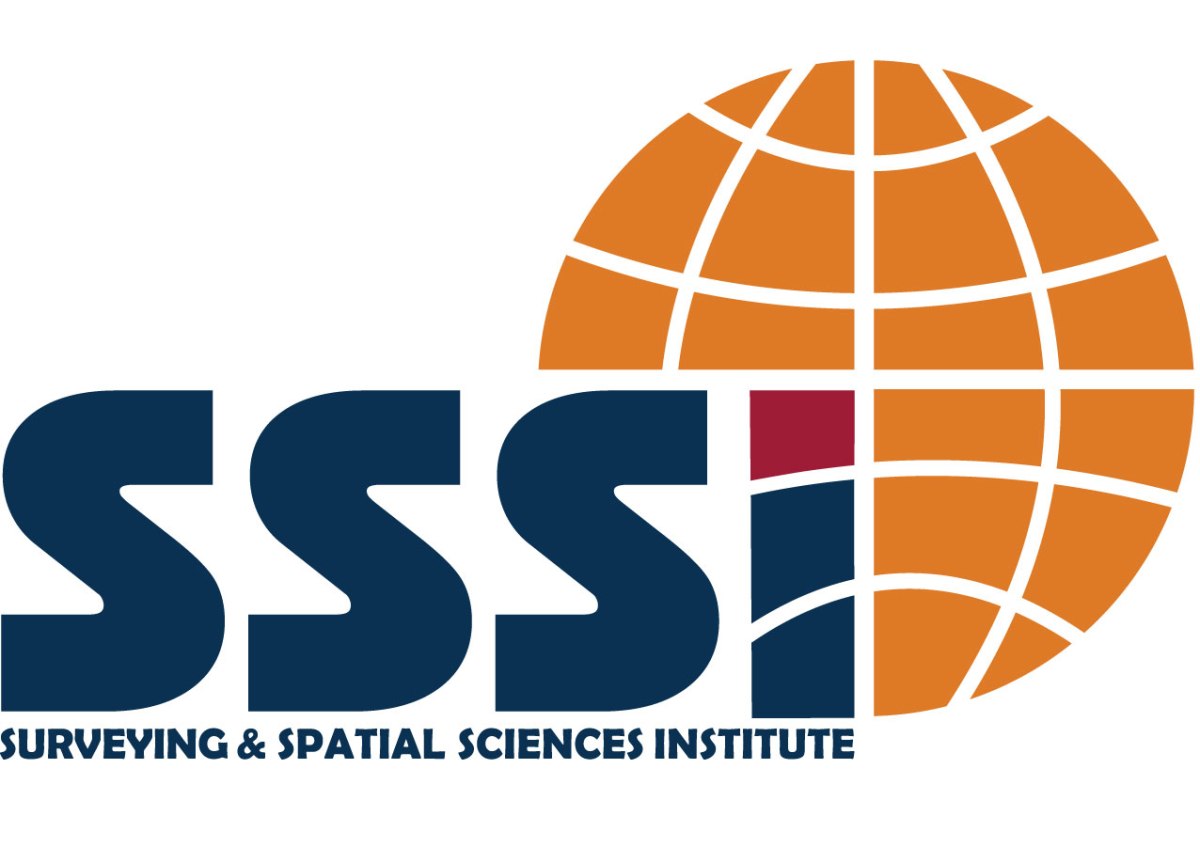T01: Semantic Web Tools and Technologies within Disaster Management.
Tuesday 1st Dec 9:00-12:00 (3hours)
We ask Siri or Alexa where are we – we get an answer. We ask: what the weather is like here today – we get an answer. We ask where should be evacuated next – we get the answer I don’t have an opinion on that.
This interactive technical tutorial will demonstrate the use of semantic concepts
and technologies, what they are and how they may be used in bringing together disparate datasets in an emergency situation.
The tutorial will provide participants with an introductory understanding of what and how semantic web technologies may be used and possible benefits of their implementation within disaster situations.
Perhaps, after this tutorial Siri, Alexa Google Assist will be able to answer that final question.
T02: Structure-from-Motion Photogrammetry
Tuesday 1st Dec 1:30-4:30 (3hours)
Structure-from-Motion (SfM) Photogrammetry has emerged over the past decade or so as a significant methodological advance in photogrammetric practice. Over this same period, we have consequently witnessed a substantial increase in the adoption of automated photogrammetric orientation and 3D object/scene reconstruction across an ever-broadening range of applications. This has occurred not only in traditional topographic mapping, but also in 3D measurement and modelling in architecture, archaeology, heritage recording, engineering, construction and even the movie industry. One rapidly developing area of application, which has given considerable impetus to the adoption of SfM, is photogrammetric measurement from imagery recorded by drones/UAVs. All stages of SfM photogrammetry will be covered in this workshop, from design considerations for multi-image network configurations, through interior and exterior orientation, to 3D point cloud and image-derived product generation via dense image matching (DIM). Although DIM is not, strictly speaking, a component of SfM-based orientation, the process is typically implied in the term SfM photogrammetry. Special attention will be given to the topics of network orientation constraints, namely camera station and object space control (eg ground control points) and camera calibration. Also, aspects of product quality, accuracy and reliability will be covered, and examples of SfM photogrammetry applied in disaster management will be reviewed. Attendees will gain increased awareness of, and useful practical insights into SfM photogrammetry, and they will better appreciate the considerations needed when utilising ‘black box’ commercial SfM software systems for fully automatic generation of 3D point clouds, DEMs, orthoimage maps and 3D reality meshes, especially if they are users of, but non-specialists in, photogrammetry.

T03: Introduction to Radar Remote Sensing
Tuesday 1st Dec 9:00-12:00
This introductory course on radar remote sensing is mainly for beginners but may suit those with an intermediate background in remote sensing but little experience in radar remote sensing. The course will cover the following topic headings:
- Overview of radar theory and applications – systems, geometry, wavelengths, surface scattering mechanisms and dielectric properties, radar polarisation.
- Fundamental radar concepts – radar resolution, radar equation, SAR image formation.
- Basic geometry – beam width, relief displacement, foreshortening and layover, shadowing, radargrammetry.
- Scattering mechanisms – Rayleigh’s theorem, surface roughness, surface, volume and hard target scattering.
- Introduction to image classification and geometric correction – pixel and area classification, filtering and speckle suppression, simple affine geometric transformation.
- Polarimetric SAR – choice of polarisation, Stokes vector, polarisation signatures, application of polarimetry.
- READINGS:
T04: Dam Safety: How to Monitor Subsidence with SAR Interferometry
Tuesday 1st Dec 1:30-4:30 (3hours)

Adjunct Associate Professor, University of Queensland
Fellow: SSSI; GISP-AP, RSP Certified: SSSI
From geophysical monitoring of natural hazards like earthquakes, volcanoes and landslides, to structural engineering monitoring of subsidence and structural stability, Synthetic Aperture Radar (SAR) interferometry outputs have been widely used in the generation of DEMs (InSAR technique) and surface deformation maps (DInSAR technique). In this workshop, go little further and explore how subsidence monitoring with SAR interferometry can improve dam safety.
Discover how interferometric stacking can detect displacements down to the millimetre. Plus, learn how to infer the deformation velocity and its temporal variation to monitor subsidence in tailing dams constructed by mining companies or assess structural safety of dams operated by water and irrigation management authorities.
Find out how small-scale subsidence monitoring of dam structures can prevent potential disasters and develop measures to prevent loss in life and property in the unlikely event of dam collapse from subsidence of the surrounding area.
During the workshop, you’ll have the opportunity to build a workflow using real 80 Sentinel-1 SAR imagery taken from a NSW gold mine. You will be guided through the process – from loading data through to creating the final deformation map product – and gain the practical skills to build workflows for your organisation.
The workshop provides a simple and practical introduction to interferometry – so you don’t need an extensive background in SAR or mathematics to participate.
Who should attend?: Individuals or organisations interested in monitoring changes of small surface displacements to help predict and mitigate future disasters. Participants will gain a good understanding of data and processing requirements for measuring temporal movement in the earth’s surface.
Applications include: • Mapping of tailing dams for stability in mining sites using Sentinel-1 SAR Imagery. • General dam safety (reservoirs for irrigation or water supply). • Subsidence in the terrain surface due to construction of underground tunnels. • Subsidence and uplift of land surface due to extraction and sequestration of natural resources. • Subsidence or uplift along a linear corridor (such as road and rail networks).
T05: Creating Location-based Augmented Reality Apps with Unity and Mapbox
Tuesday 1st Dec 9:00-12:00

In the last decade, personal devices become critical for informing, alerting and guiding the general public in extreme or dangerous situations. Therefore the importance of appropriate visuals and tools for communication is growing. Recent advanced in 3D geospatial modelling and visualisation allow for attractive and user-friendly AR interfaces and experiences. This tutorial will teach you how to create your first AR application based on real 3D data for a specific location. First, the tutorial will give you the state-of-art overview on technology for AR and 3D data visualisation. You will learn how to build interactions and explorations with 3D worlds using Mapbox and Unity game engine. Then you will create your own AR app. You will be able to create and customise a map in Mapbox Studio and bring it into Unity to define logic for interaction. You will learn the basics of Unity and the way to work with 3D data, i.e. how you can bring your external 3D data into Unity to visualise it your AR app. The tutorial will also guide you how to place POIs with real geographical locations on a 3D map and interact with them considering the GPS on your phone.
T06: Visualising bush fires datasets using open source tools
Tuesday 1st Dec 1:30-4:30 (3hours)

This tutorial has been created in response to increasing need by professionals to incorporate location intelligence in their day-to-day decisions and the improving availability of open source GIS tools and datasets. The use of dashboards has become an essential tool to support decision-makers and this been amplified during disaster times such as bush fire etc. It is believed that there is a gap in the knowledge about the foundation principles in which dashboards should be develop on.
This tutorial will be organised as hands-on session, during the tutorial the participants will be able to access a space-time dataset of bush fires happened across NSW. During this tutorial participants will learn how to:
- Create online interactive visualisations (creating synced charts and graphs using Data Plotly); and
- Develop a dashboard (Data Plotly).
In this tutorial participants will use the open source Kepler .gl and Studio chart tools. Upon completion of this tutorial, participants will also be able to apply this knowledge in other areas or datasets.





